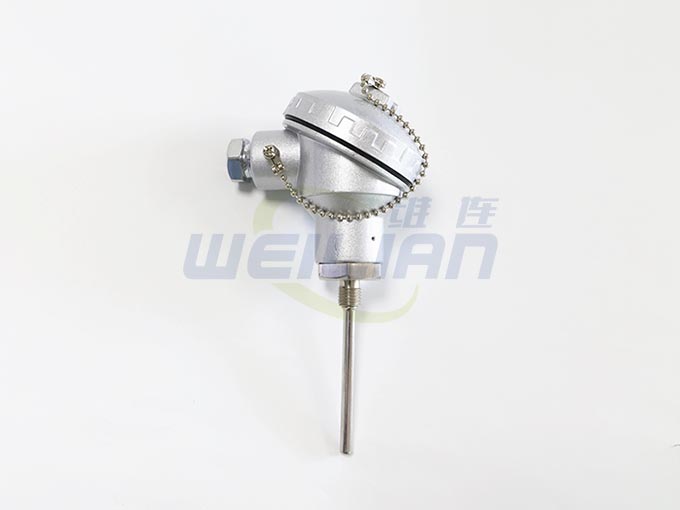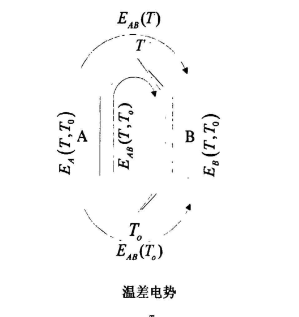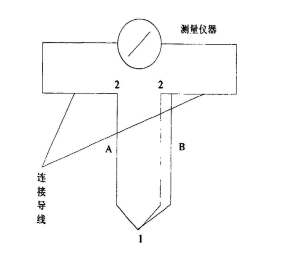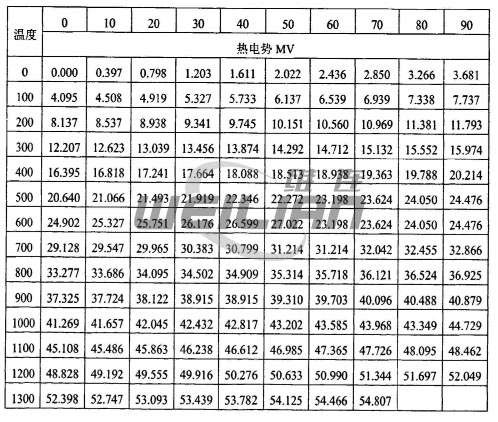
 What is the working principle of the thermocouple sensor
What is the working principle of the thermocouple sensor
The temperature measurement principle of the thermocouple temperature sensor is the thermoelectric effect of the thermoelectric effect of a conductor or semiconductor material for temperature measurement. > T,) The warm field in the circuit will generate thermal power. This phenomenon is called thermal power effect. Different thermal power corresponds to different temperature values, and the thermocouples of different materials have different thermal power-temperature corresponding values, which are called the content of the thermoelectric puppet of the material.
The thermal electricity generated in the thermal effect circuit is composed of two parts: temperature difference potential and contact potential. The temperature difference potential is the thermal power generated by different temperatures at both ends of the conductor of the same material. It is generated by high -temperature free electronic energy and low -temperature free electronic energy. When high -temperature free electrons move to the low temperature end, low -temperature end is negatively electrical due to free electron surplus. In this way, the ends of the conductor form a static field from the high temperature to the low temperature end. This electrostatic field prompts free electrons to move in the opposite direction. When the two reaches a dynamic balance, the two ends of the conductor will generate an electromatization difference, called the temperature difference potential. According to the theory of physics, the size of the temperature difference potential can be represented by the following figure:

The contact potential is different from the density of the free electrons of the contact parts of the two different conductors. When these two conductors (A, B) are in contact, the free electrons must run from a large density material (set to A) to a small density density. Materials (set to B) are called diffusion phenomenon. In this way, the A conductor loses the electronic band positive electricity, and the B conductor is negatively electronic. The potential difference between the A and B is generated to form a electrostatic field. This electrostatic field can inhale free electrons from B to A. The diffusion effect continues until the number of electrons from A to B under the influence of the diffusion is equal to the electrical number of B running to A under the action of electrical fields, and the potential difference between A and B is called contact potential.
In actual temperature measuring, welding one end of the two different materials together to form a connection 1, called the working side of the thermocouple temperature sensor, also known as the measurement end or thermal end; The instrument is connected to form a contact 2, which is called the free end of the thermocouple, also known as the reference end or cold end. The hot -end and cold end output is the source of non -source voltage difference signals, which reflects a temperature difference signal.
The thermocouple temperature sensor is placed in the tested warm field during temperature measurement, and the cold end is under a constant temperature. Due to the different temperatures at the two ends of the thermocouple, thermal power is generated. The applicable measuring instrument is used to measure the value of the thermal potential to get the corresponding temperature value.

The National Standard Room (NBS) provides a variety of types of thermocouple temperature sensors, which can reflect the voltage characteristic data and temperature correspondence. Table 2.3 -dimensional K -type thermocouple score table.


